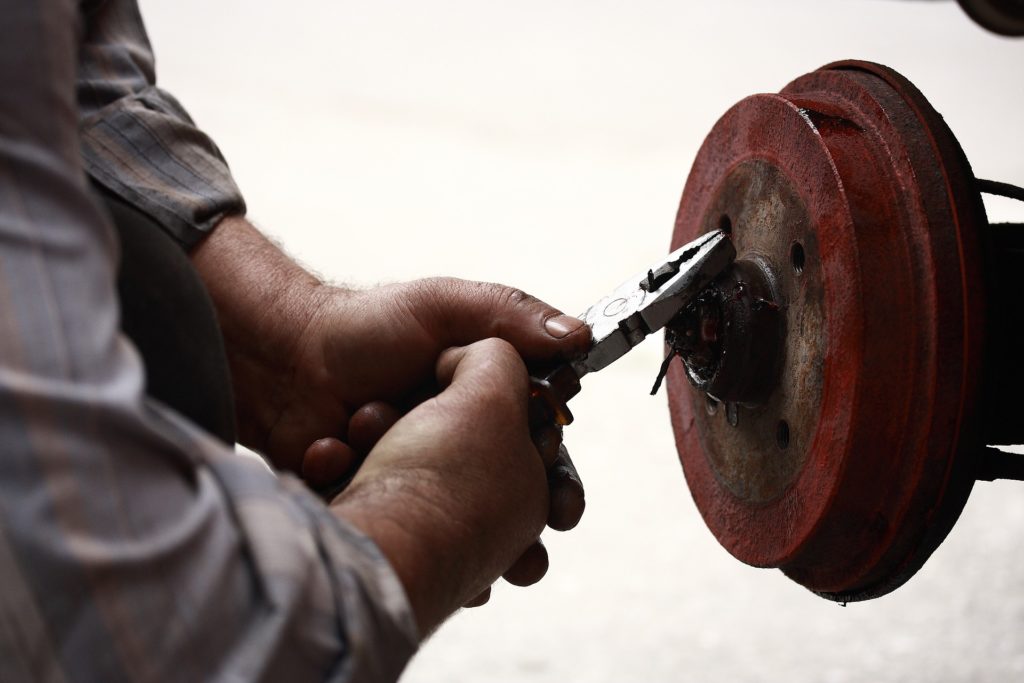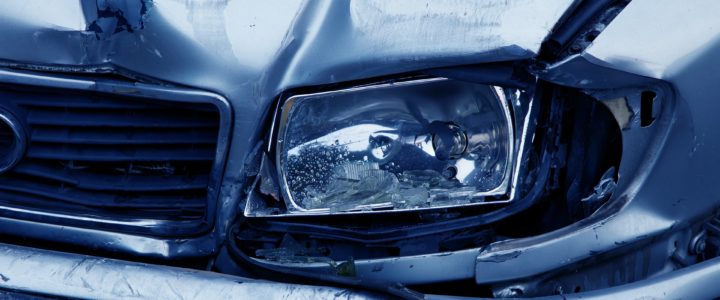For the second consecutive year, the United States found a minimal reduction in the number of highway deaths due to car accidents. Even though there has been a fall in fatal vehicle accidents, the deaths could be averted. Car accidents can happen to anyone, even you, so it’s important to be educated on how crashes happen. Although there are other serious factors involved, mechanical failure is one of the main reasons for accidents on the road. Thus understanding the most common mechanical malfunctions may help prevent car accidents.
Poor Tire Condition
Tire failure is one of the most common causes of car accidents due to mechanical failure. According to NHTSA investigations, tire or wheel problems accounted for 35 percent of injuries due to mechanical failure. Two of the most common types of tire problems are tire blowouts and worn tires.
- Tire blowouts. Tire blowouts can occur for many reasons, such as worn-out, underinflated, or overinflated tire that suddenly bursts under pressure, tires that have been run over by road debris, or perhaps sudden and intense temperature changes. Tire blowouts radically reduce your ability to control the entire vehicle, leading to accidents.
- Worn tires. Worn tires are slightly more prone to skidding, require more distance to brake, and are not as responsive due to their weak grip on the road. Aquaplaning, also known as hydroplaning, occurs when your vehicle’s tires lose grip and your car begins to slide on the wet road. Losing control of your car due to hydroplaning can be one of the leading causes of car accidents during rainy seasons, so it is very important to have your tires checked before these wet months.
Replacing your tires until they completely lose their tread and maintaining the best tire pressure is imperative to avoid these mechanical failures on the road.

Faulty Brake Performance
Poor brakes are a major factor in rear-end collisions, where the inability to brake in time causes a vehicle to ram the vehicle in front of it. The same NHTSA survey has reported that brakes are responsible for 22% of car accidents. Common factors that contribute to brake-related road accidents include faulty/worn brake lines, in which brake lines may allow brake fluid to drain away, compromising brake performance, ABS (Antilock Brake System) malfunction, which prevents the wheels from locking up when brakes are hit hard thereby losing control, and worn brake pads and discs, which makes it hard to stop your vehicle, resulting in longer stop distances and increased accident risks. Dealing with the brake problems takes regular maintenance and inspection of your vehicle’s brake systems. Most mechanics will let you know if they see that your brake pads are worn out or if you have other brake problems when you pick up your car or truck for service.
Severed Headlights
 When visibility is poor, such as at night, in foggy conditions, or during thunderstorms, it is much more difficult to see individual vehicles on the road. Headlights and taillights greatly increase visibility and not only show you more of the road, but also make it easier for other drivers to access your vehicle. Broken vehicle lights can hinder you to see in the dark or inclement weather, increasing your risk of getting rear-ended or sideswiped.
When visibility is poor, such as at night, in foggy conditions, or during thunderstorms, it is much more difficult to see individual vehicles on the road. Headlights and taillights greatly increase visibility and not only show you more of the road, but also make it easier for other drivers to access your vehicle. Broken vehicle lights can hinder you to see in the dark or inclement weather, increasing your risk of getting rear-ended or sideswiped.
Vehicle lights are necessary even on a clear day. Turn signals (blinkers) allow drivers to know when you are about to slow down for a turn or change lanes. Without working turn signals, you will be changing lanes. This increases the chance that other drivers will not have the ability to know where you may be; this also increases the danger of car accidents when you change lanes or turn.…

